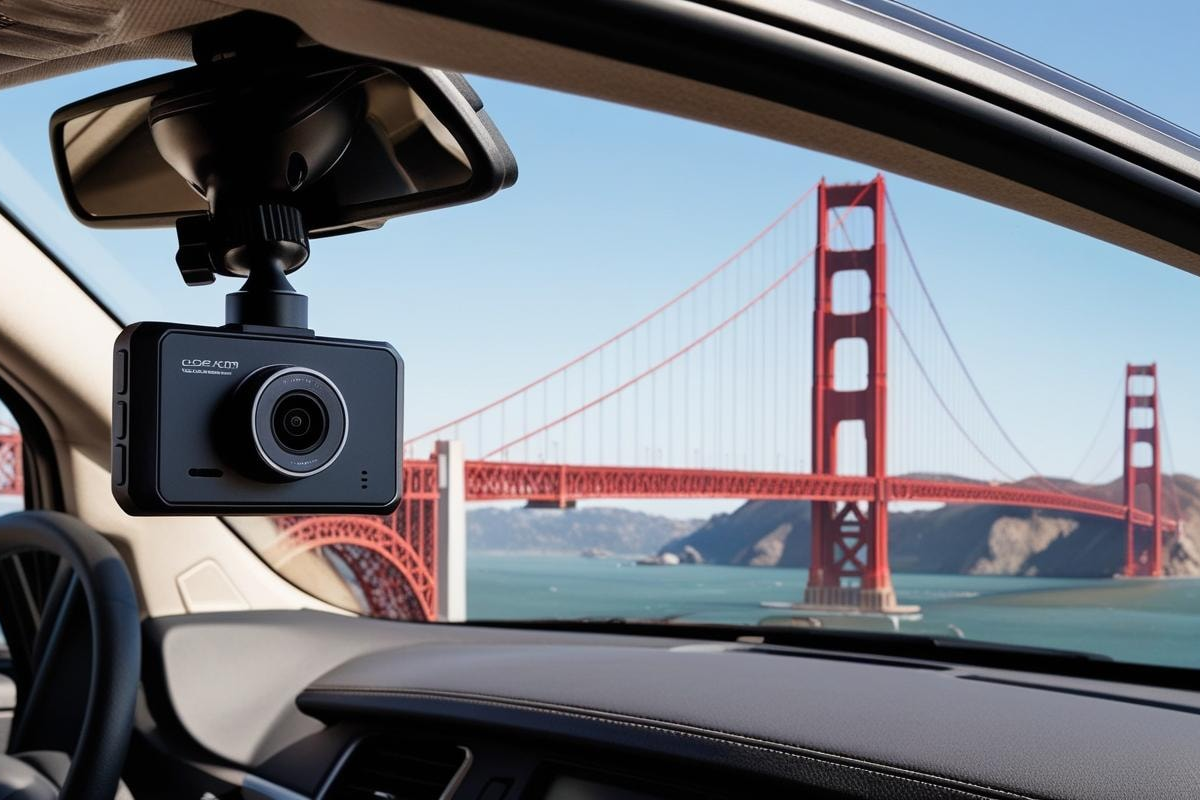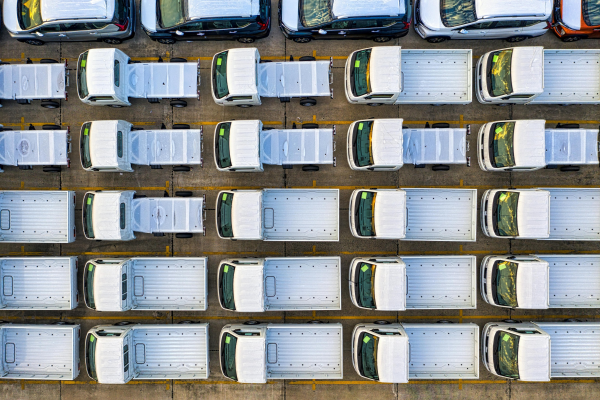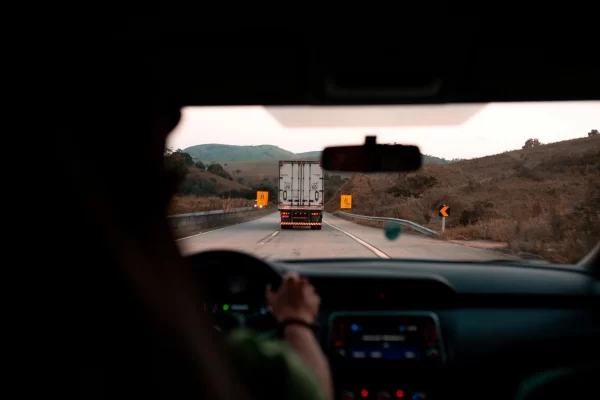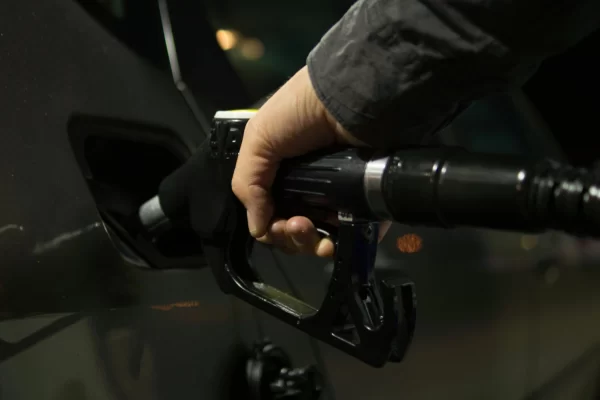As dash cams become more widely used on California roads, more drivers are signing up for the extra protection, peace of mind, and accountability they offer. By documenting the moment of an accident or serving as protection against false accusations, dash cams can be worth their weight in gold in stressful situations.
But in a state with some of the country’s strongest privacy laws, it’s useful to know what’s legal — and what’s not. This updated guide breaks down California dash cam laws in 2025 and offers practical advice for staying compliant.
What is a Dash Cam?
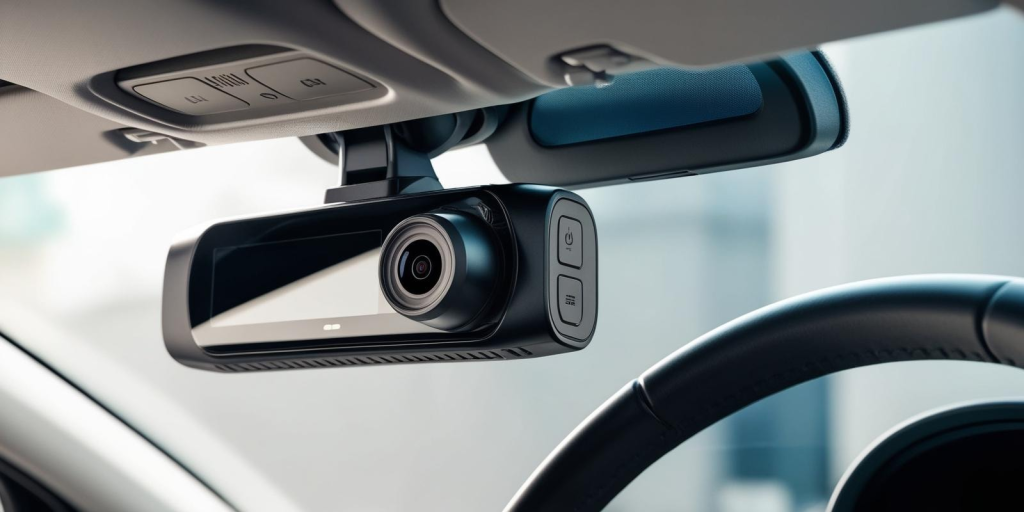
A dash cam, or dashboard camera, is a small device mounted inside your vehicle that records video—and often audio—while you drive. Are dash cams legal in California? It is, and can be incredibly useful when accidents occur.
Regardless of the scale of the incident, collision, or crash, video evidence can assist in sorting out the issue of what occurred. And in terms of collision repair, that’s what matters. Some dash cams even can record the conversation that is going on in the vehicle, which adds another level of detail.
Aside from accidents, dashboard cameras can highlight and display safe driving practices. They also serve to reinforce and support a driver’s word and position when it seems that a driver is being accused of something that he or she did not do, or when a driver is involved with some kind of insurance fraud. They simply can act as a reliable, unblinking witness when it comes to driving and the moments that matter.
Benefits of Using Dash Cams
A dash cam is more than just a convenient gadget; it’s an essential tool that can safeguard your driving experience and protect your interests on the road.
- Clear Evidence in Case of an Accident
When there is a conflict, the confusion and mess that follow make it hard to figure out what happened. Dash cams capture everything, from the minutes leading up to the crash to the moments following.
This clear, unmodified video can be critical in determining who was at fault and what occurred in a car accident case, allowing disputes to be settled much more quickly and fairly than normal. Even if you were involved in a tiny fender-bender or a more major accident, having visual proof can make a big difference in insurance claims and legal actions. - Streamlined Insurance Claims
The claims process after the accident and filing for insurance often involves a considerable amount of back-and-forth between you and adjusters, potential long delays, and even disputes. Dash cam footage can help bypass the at-times slow-moving red tape.
Providing unquestionable proof of the accident not only helps speed up the process but will also ensure quicker payments and reduce the likelihood of being responsible for something you had no role in. This can save you time and money in the long run. - Protection Against False Claims and Fraud
Sadly, staged accidents and bogus claims have been on the rise. Dash cams provide an additional layer of protection that can show you are not at fault for an accident or speeding situation. If you get into a hit-and-run or another driver says you caused a crash when you didn’t, having footage from your dash cam can straighten things out quickly. - Documenting Safe Driving Habits
Dash cams aren’t just for when things go wrong — they can also show us the goods. For a safe and responsible driver, dash cam footage can help keep a record of good driver behavior. If you ever find your driving skills challenged, this can come in handy, as well as allowing you to follow your performance over time. Sometimes, proof of good driving could translate into discounts on your car insurance. - Peace of Mind for Fleet Management
For companies that look after a fleet of vehicles, dash cams with GPS tracking act as a paired-up device to monitor driving habits, leading to safer driving behaviour on sites, reducing liability, and improving overall driver behaviour. Dash cams can offer real-time insights into the operations of each vehicle, helping to identify unsafe driving behaviors or incidents that can go unnoticed. Combined with Traxxis GPS tracking, fleet managers can achieve a complete view of what’s going on in the field, from location information to driving behavior. - Deterrent for Unsafe Driving
At times, the fact that a dash cam is running can be sufficient to promote safer driving. Even if you drive alone or operate a fleet, dash cams can prevent reckless behavior.
Drivers tend to be more aware of their behavior when they are being recorded, which can decrease the likelihood of accidents, speeding, or other unsafe habits.
To get a fuller picture of what goes on the road, combining your dash cam with advanced GPS tracking can be a lifesaver.
Traxxis GPS Solutions provides real-time vehicle tracking, route history, and driver behavior monitoring with ZenduCam—perfect for individual drivers and fleets seeking to enhance safety and accountability.
Dash Cam Placement
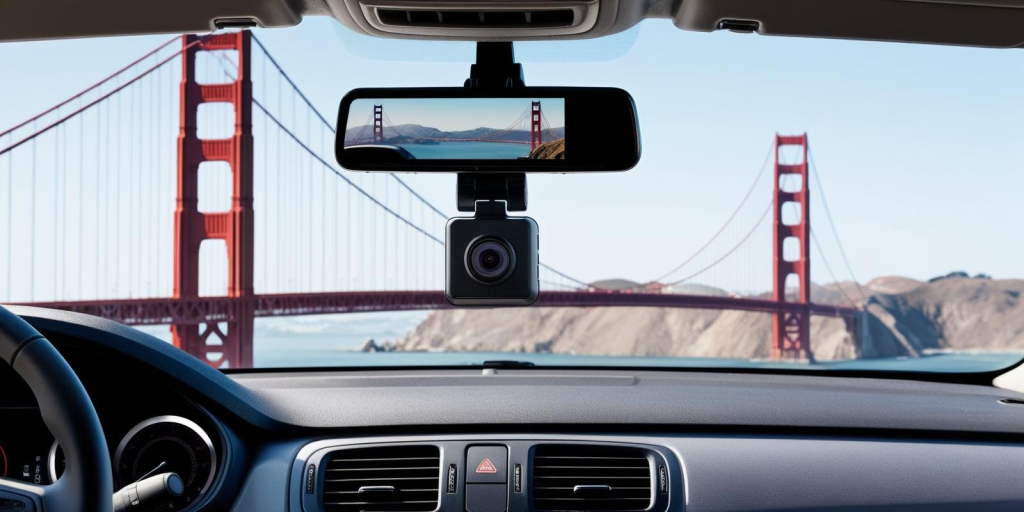
When it comes to installing a dash cam in California, location matters—not just for a clear view, but also for staying within the law.
You’re allowed to mount a dash cam in a seven-inch square on the lower right corner of your windshield or within a five-inch square on the lower left. Both spots keep the device low and out of the way, minimizing distractions.
Another practical option is the upper center area behind the rearview mirror. This placement offers a wide field of view while keeping your line of sight clear.
Wherever you choose to mount it, make sure the dash cam doesn’t block your vision or interfere with airbags. A well-placed camera does its job without compromising your safety.
Dash Cam Laws
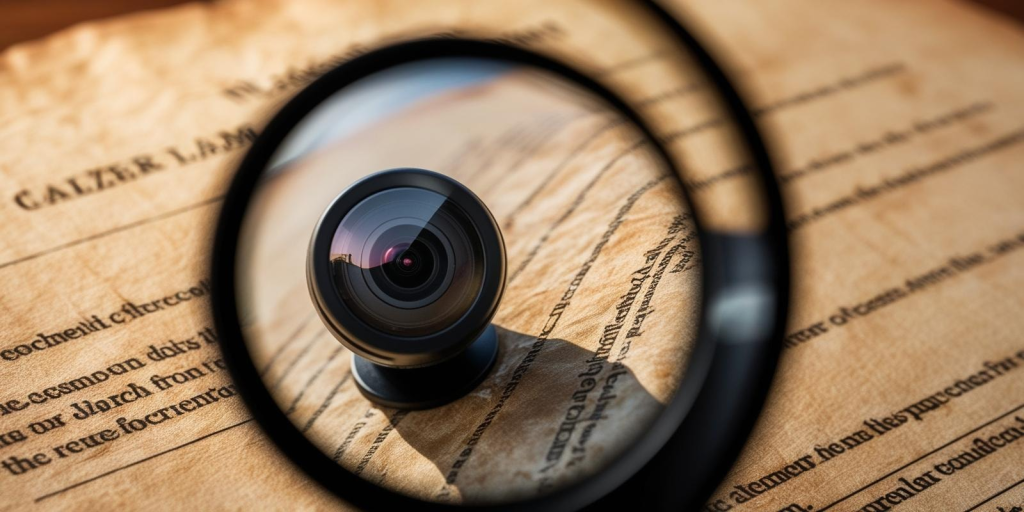
Dash cams are legal in California, but there are a few key rules to using them. To start, if your dash cam captures audio, state law requires you to let passengers know if they can be recorded. California is a two-party consent state, meaning all parties must consent to audio recordings. Another major issue is placement. The device can’t obstruct the driver’s view or impact the vehicle’s safety features. Only certain parts of the windshield—like the lower corners or behind the rearview mirror—are permitted for installation.
Finally, for dash cam footage to be valid in legal or insurance matters, it must be obtained lawfully. This means following consent and privacy rules to ensure dash cam records are both ethical and admissible.
Used responsibly, a dash cam can be a powerful tool, as long as it’s operated within the bounds of California law.
Audio Recording
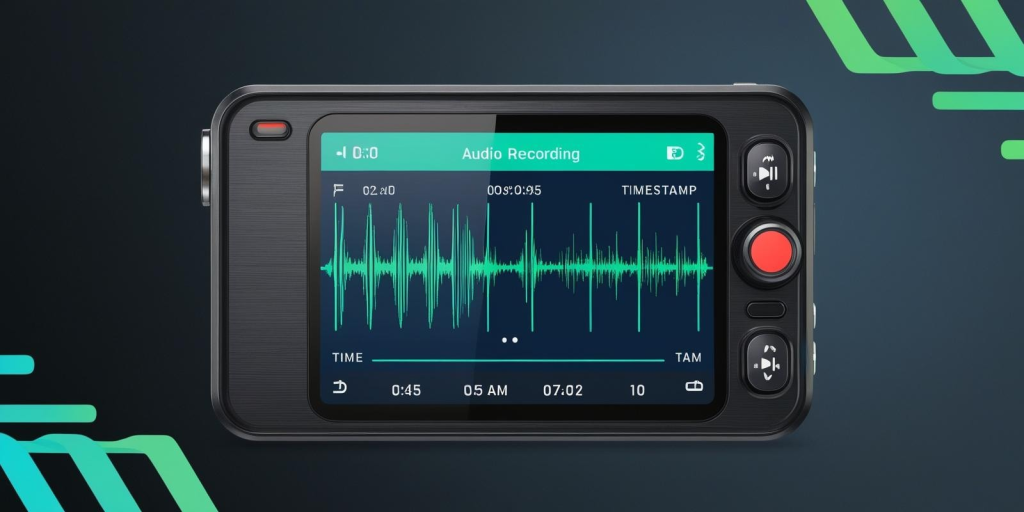
Some dash cams have an audio recording feature, which records audio of the dialogue within the car, and not only the road. This is a feature that can be helpful, particularly when dealing with police or during an accident, but it does have legal implications in California.
California is a two-party consent state; because of that, everyone in the vehicle must be informed when your dash cam records audio and agree to being recorded. This includes passengers, as well as anyone else whose conversation can be captured by the dash cam.
If someone objects to being recorded, the audio function must be turned off. Most devices allow for easy disabling of the microphone to stay compliant.
Using a dash cam responsibly means not only following the road rules but also respecting the privacy of those around you.
Dash Cam Installation
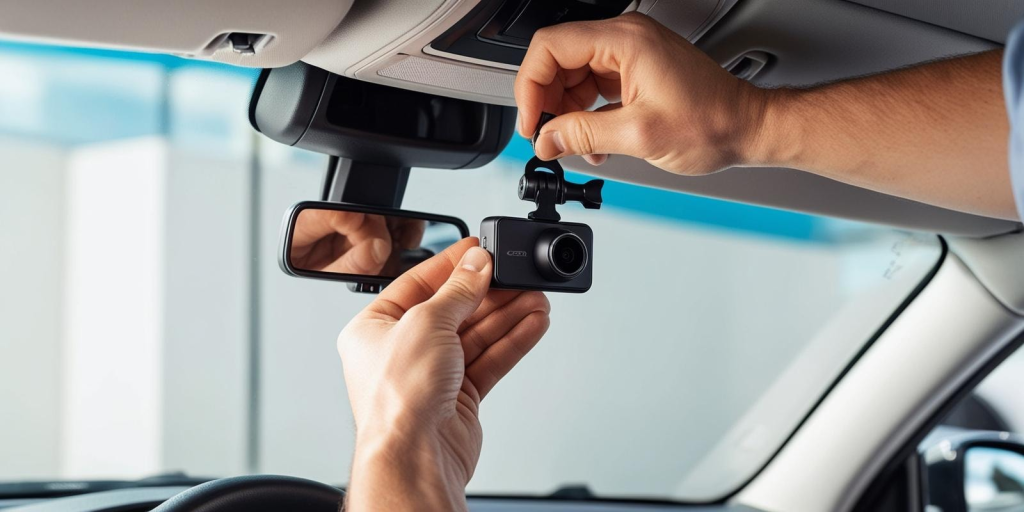
Dash cameras come with their own rules and regulations, just like any other device: installation isn’t just plugging it in, but rather a safe and legal installation. In California, the device should be mounted in a location that does not obstruct your view or interfere with driving. Great places are the lower corners of the windshield or just behind the rearview mirror. The target is to make sure you have an unobstructed view of the road without getting in the way of your field of vision or airbag deployment. A tidy, safe mount keeps the camera minding its business without becoming a distraction.
If you are not confident in how to install dash cams or just want to ensure that your car complies with state regulations, consulting with a car accident attorney might assist. Most provide complimentary consultations to guide you through the legal dos and don’ts, keeping you protected on all fronts.
Fleet owners can bring together the setup of dash cams in their vehicles with GPS vehicle tracking systems such as those available from Traxxis, which can help with compliance and centralize access to data concerning video feeds, location, and vehicle data, all available from a single dashboard.
Even if you’re managing a single vehicle or an entire fleet, combining dash cam technology with real-time GPS tracking adds a layer of visibility and protection you can’t afford to overlook.
Final Thoughts
Dash cams are more than just accessories these days. Since California has specific laws on dash cams, you need to know how to pick and fit one in your car properly. By observing placement guidelines, respecting laws around audio recording, and keeping up to date on legal requirements, drivers can enjoy all that dash cams offer without crossing any legal lines.
If you’re trying to prevent false car accident claims, document an accident, or simply drive with added security, a dash cam can be a smart and worthwhile addition to your vehicle—just make sure it’s installed and used the right way.
Protect your drivers. Protect your business.
Ready to level up your vehicle safety strategy? Combine the power of dash cams with the intelligence of Traxxis GPS Solutions.
From live location tracking to driver behavior insights and real-time alerts, Traxxis helps you stay one step ahead on every route, in every situation. Explore Traxxis GPS Solutions now and see how smarter tracking leads to safer roads.

